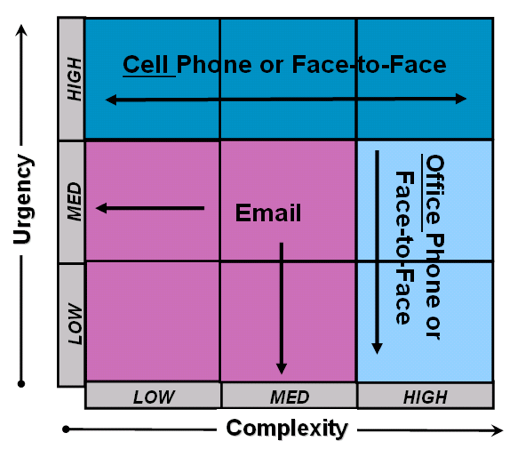Cognitive capacity at any given time is limited. There’s only so much mental bandwidth for processing information. So when we introduce lean to an organization, why do we insist on using up some of that precious capacity by forcing people to translate Japanese into English? Why do we ask them to make the mental leap from making cars to healing patients?
In my forthcoming book, Building the Fit Organization, I argue that we should be speaking a language that people are comfortable with when we introduce radically new ideas. Lean is a new way of thinking for many people—it’s crazy to make it harder for them to wrap their heads around these ideas by wrapping them in a foreign language, or by telling people how Toyota makes cars. All that does is consume valuable cognitive capacity on the waste of translation.
Some people will argue that there’s no real equivalent to many of the original Japanese words like gemba, but I maintain that the slight difference in nuance between “front lines” and gemba is probably not your biggest obstacle to changing your leadership behavior. And do you really want people to struggle with memorizing the definitions of muda, muri, and mura? If you’re so committed to Japanese, why not ask people to use tsukurisugi, temachi, unpan, zaiko, dōsa, and furyō for six of the wastes? There are subtle differences in translation there, too. And please, let’s not talk about Toyota. AGAIN. You know as well as I do that as soon as you mention Toyota, your audience immediately resists: “Toyota’s totally different from us. They make cars. We make _______.” They think that even if they make something like motorcycles. (“It’s totally different. Our vehicles only have two wheels. No crossover at all.”)
Look, there’s nothing wrong with using the original Japanese words or referring to Toyota. There’s a lot of value there. But maybe it shouldn’t be the first thing you throw at your team. First, get them to embrace the fundamental concepts. Use language and examples that people can relate to easily and comfortably. Once you’re past that intellectual, emotional, and cultural hurdle, you can do a gemba walk at Toyota and learn your 3Ms and 5Ss.
Until then, it’s just intellectual muda.







